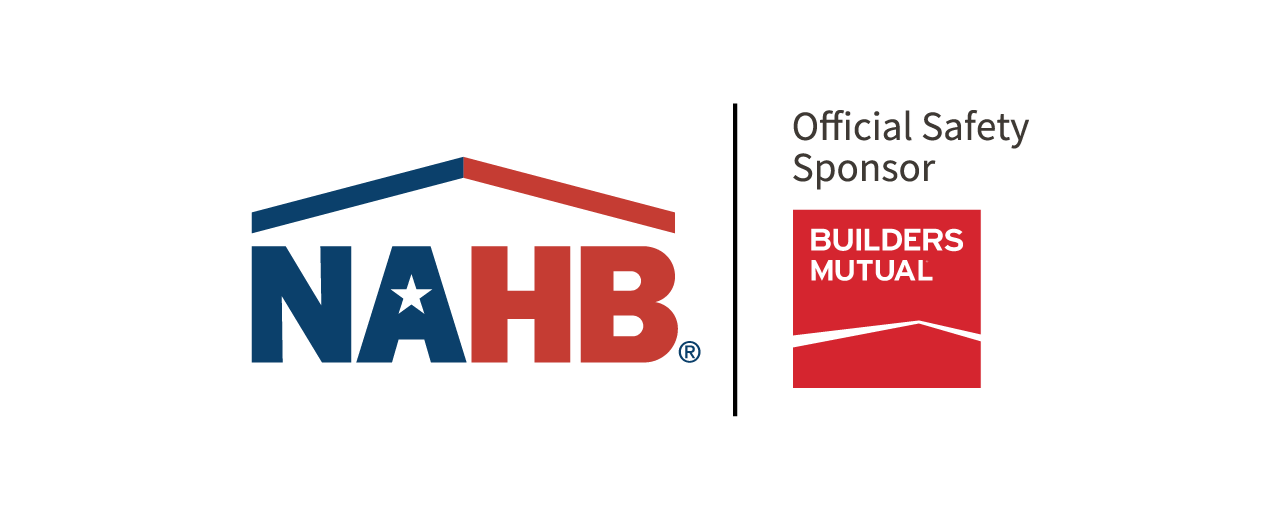Use NAHB Resource to Keep Workers Safe from UV Exposure
As NAHB celebrates UV Safety Awareness Month in July, it is important for home builders and general contractors to educate workers about the potential risks associated with ultraviolet (UV) radiation, and have plans and resources in place to keep them safe on the jobsite.
Why UV Awareness Matters
Ultraviolet radiation can come from both natural and artificial sources. The sun is the main source of exposure for most people — and specifically those working in construction. Overexposure to UV radiation can lead to serious health issues, including sunburn, skin cancer, premature aging and eye damage. UV Awareness Month serves as a timely reminder to protect workers against these risks.
Practical Tips for UV and Heat Stress Protection
UV intensity is typically at its strongest as temperatures begin to climb during the summer. Workers can better protect themselves from sun and UV exposure with the following recommendations:
- Wear sunscreen with a minimum of SPF 15 and apply it to all uncovered skin, especially your nose, ears, neck, hands, feet and lips. Reapply every two hours or more often depending on the level of activity.
- Avoid extensive periods in the sun, seek shade as needed, and limit time in the sun between 10 a.m. and 4 p.m. when UV rays are the most intense.
- Wear protective clothing that covers your arms and legs. Wide-brimmed hats and sunglasses with UV protection are also crucial.
- Review the UV index before the beginning of each shift.
- Avoid artificial UV sources, including tanning beds, lasers, mercury vapor lighting, halogen and fluorescent lighting.
- Understand basic first aid and heat stress response measures, which can be found in NAHB’s Video Toolbox Talk on heat stress safety and on the NIOSH website.
Spreading Awareness to Workers
Understanding the basics of sun safety can help prevent injuries and illnesses. More information on what employers and workers can do to stay safe can be found in NAHB’s Heat Stress Safety Toolkit.
Additional Resources
OSHA Heat Illness Prevention Campaign

Latest from NAHBNow
Dec 23, 2025
The 5 Types of Builders — and the One Built to ProsperMost builders want the same things: predictable profits, less stress, and a business that doesn’t grind them down year after year.
Dec 23, 2025
Lumber Capacity Has Peaked for 2025An annual revision to the Federal Reserve G.17 Industrial Production report shows current sawmill production levels above 2017 by 7.5%, but just 0.3% above 2023 levels.
Latest Economic News
Dec 22, 2025
State-Level Employment Situation: September 2025In September 2025, nonfarm payroll employment was largely unchanged across states on a monthly basis, with a limited number of states seeing statistically significant increases or decreases. This reflects generally stable job counts across states despite broader labor market fluctuations. The data were impacted by collection delays due to the federal government shutdown.
Dec 19, 2025
Existing Home Sales Edge Higher in NovemberExisting home sales rose for the third consecutive month in November as lower mortgage rates continued to boost home sales, according to the National Association of Realtors (NAR). However, the increase remained modest as mortgage rates still stayed above 6% while down from recent highs. The weakening job market also weighed on buyer activity.
Dec 18, 2025
Lumber Capacity Lower Midway Through 2025Sawmill production has remained essentially flat over the past two years, according to the Federal Reserve G.17 Industrial Production report. This most recent data release contained an annual revision, which resulted in higher estimates for both production and capacity in U.S. sawmills.
